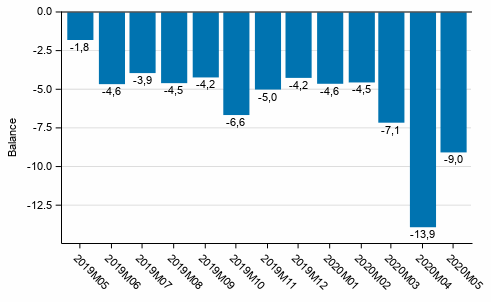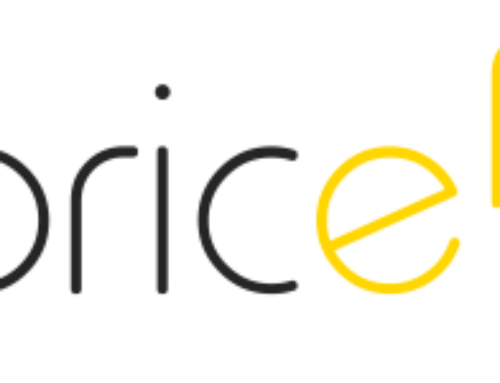Dynamic pricing is not a new invention. Its birth dates back to the late 1970s, when the regulation of airline pricing was abolished. It has long been used successfully in the airline and hotel industries. Lately, dynamic pricing has become more and more common at a rapid pace also in other industries thanks to technological advances and the exponential growth of online shopping. Prevalence of dynamic pricing is permanently changing consumer buying habits. Some experts believe that in the not-so-distant future, virtually nothing will have a fixed price. (Link)
This year we have faced a huge global tragedy. The Covid-19 virus has wreaked havoc around the world. To date (June 16, 2020), almost 8 million coronavirus infections have been confirmed worldwide and more than 400,000 people have lost their lives. Due to forced restrictions, many companies have run into difficulties and millions of people have lost their jobs.
However, difficult times for business do not continue forever. In Finland, the consumer confidence indicator (CCI) clearly recovered in May compared to April (check the graph below). Now most of the countries are opening their societies (in the Europe at least) and the demand for many products and services is skyrocketing. Within a few months, we have experienced extreme highs and lows which are difficult to estimate.

Consumer Confidence Indicator (Statistics Finland)
All of this may accelerate the global spread of dynamic pricing. In the “new normal”, the share of e-commerce purchases will be even higher than before. According to a survey from March to April 2020, online shopping became more popular among all age groups in Finland. In the same study, almost 20 percent answered that they have increased online shopping significantly because the coronavirus pandemic. (Link) The covid19 is having a big effect on consumer behavior that is unlikely to revert back to its pre-covid state.
Most dynamic pricing models are based on modeling historical data and predicting future demand. This kind of dynamic pricing is often inefficient. Historical data is unable to respond to unexpected and difficult-to-predict changes in demand. To those that companies have had to experience this spring. Priceff’s auto-dynamic pricing engine is based only on fluctuations in demand and thus it is by far the most efficient model in times of uncertainty.
Ps. We have just released a dynamic pricing app for Shopify+ online stores. For more information, click here!




